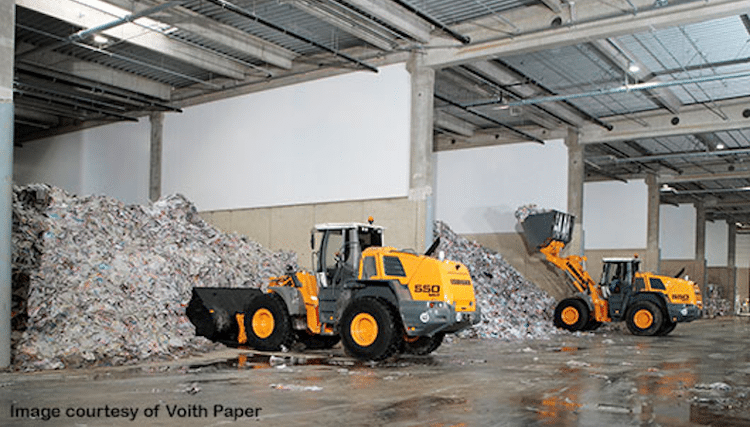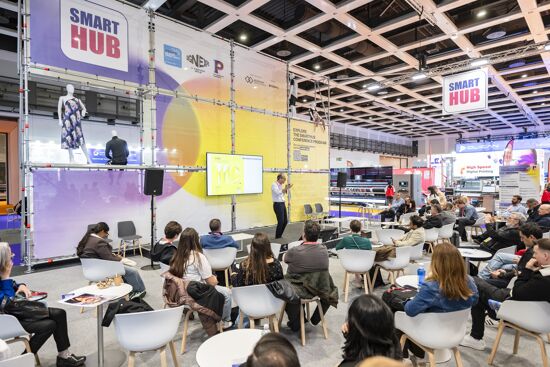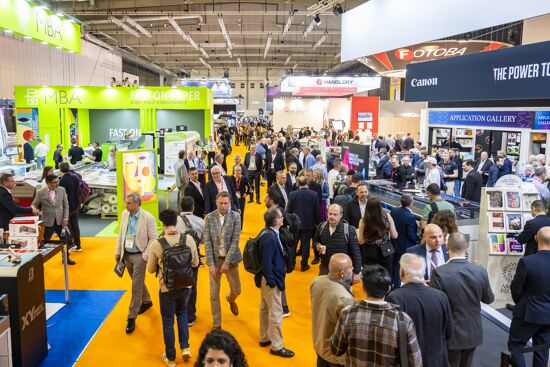Paper industry’s ‘outmoded’ deinking model

The work on ISO 21331, the ISO standard for assessing the deinkability potential of printed matter, is mired in industry politics. However, the market really doesn’t care a jot and is moving on regardless.
This is a problem for the maneuvering politicians in the paper industry because it means that the market is shifting further away from current practices. The most visible example of this is the work digital press manufacturers are doing on deinking.
There are now at least six digital press manufacturers working on new approaches to deinking in order to ensure that digital prints are recyclable.
The politics surrounding ISO 21331 are all about protecting the existing deinking model for conventional offset and toner based digital printing. The paper industry’s preferred method was developed decades ago and wholly unsuitable for many digital prints or for flexo printing. Outpaced and outmoded, it is being rapidly overtaken by developments in the graphics industry.
A small group of developers, the Digital Printing Deinking Alliance, is in the vanguard for new approaches to the deinking of digital prints. Two additional developers of digital press technologies, EFI and Landa, have now stated that they are working on new deinking methods for digital prints. EFI recently provided a bit more detail about their work.
The company has established a dedicated development group in the USA to work with Western Michigan University (WMU) which has been working on deinking for many years, not only with paper but for textiles as well.
Developers are working on ink chemistries that can be removed from the printed surface under certain chemical and physical conditions and EFI is very pleased with the progress it is making with inks for the Nozomi C18000 digital press. The Nozomi is used in packaging plants to print liners for corrugated packaging production.
The prints are deinkable in the lab and EFI is also seeing good results working with the Nozomi’s first customers. Hinojosa, a large converter in Spain, uses the WMU method and is able to ensure the repulpability and recyclability of the digitally printed corrugated boxes for its customers.
This is just the first of many such developments we can expect in the coming months. Deinking is a fundamental part of recycling and it is vital for the environmental that digitally printed matter can be returned to the economy as raw materials.
As for ISO 21331, it will eventually emerge in the market where it will encourage press manufacturers, printers and print buyers to opt for print not least because it can be recycled. How long it takes depends on how sensible the paper industry will be as the graphics industry changes.
Topics
Interested in joining our community?
Enquire today about joining your local FESPA Association or FESPA Direct
Recent news

Industry Experts Explore the Evolution of Smart Manufacturing in the Textile Industry
A FESPA SmartHUB roundtable at Personalisation Experience 2025 discussed smart manufacturing's transformative impact on the textile industry. Experts highlighted the shift to on-demand customisation, driven by digital printing, data analytics, and automation. Key takeaways included enhanced machine control, significant waste reduction through intelligent software and colour management, and improved sustainability via energy efficiency and near-shoring, ensuring agility and environmental responsibility in textile production.

FESPA 2025 gathers leading visionaries from across the speciality print industry in Berlin
FESPA Global Print Expo 2025, European Sign Expo and Personalisation Experience (6 – 9 May 2025, Messe Berlin, Germany) welcomed Visionaries from across the speciality print industry to shape the future of print, develop forward-thinking business strategies, and explore innovative ways to translate emerging industry trends into tangible growth opportunities.

Exploring Cutting-Edge Textile Printing Innovation with Adobe Print Engine 7
Adobe PDF Print Engine 7, launched at FESPA Global Print 2025, significantly advances textile printing. Debbie McKeegan shares how it automates non-white substrate management and RGB colour handling, expands colour gamuts with in-RIP multicolour transparency blending, and streamlines workflows for efficiency and sustainability. This update boosts customisation, reduces waste, and positions businesses at the forefront of digital print innovation.

FESPA Global Print Expo 2025 - Overall Highlights
FESPA Global Print Expo, Europe's leading print and signage exhibition returned to Messe Berlin from 6 - 9 May 2025.